Specifically, the world's second-largest economy will deploy a stock of government and local government bonds, including a new treasury facility worth 1 trillion yuan ($140 billion) to maintain the intensity of fiscal spending at an appropriate level, which will push Beijing's budget deficit to a two-decade high of 3.8 percent this year.
While the message was welcomed by investors, many analysts question how much fiscal firepower Beijing really has to fuel stronger economic momentum?
 |
| Street in Beijing, China. (Photo: Linh Chi) |
Huge bad debt
Investors say that currently, in China, economic growth is slowing down, the investment-based development model is losing momentum and tax revenue is under pressure. In this context, Beijing does not want to borrow more because the country faces a huge amount of bad debt that needs to be resolved at the local government level.
“Fiscal policy has been a long-term issue in the country of a billion people,” said Logan Wright, director of China market research at Rhodium Group.
This year, as the economy struggles to recover from the Covid-19 pandemic and the ailing real estate market, the government has decided to gradually loosen fiscal policy.
Following the 2008 financial crisis, the world's second-largest economy rolled out a 4 trillion yuan stimulus package - equivalent to 13% of the country's gross domestic product (GDP).
This time, the Chinese government is not looking to leverage its recovery in this way. Mr. Logan Wright said that compared to local governments, which have debt worth about 76% of GDP, the central government had only about 21.3% last year.
"Beijing has significant financial resources at its disposal. The country has the ability to add debt worth about 20-30% of GDP, which will help solve the local debt problem," said Fred Neumann, chief economist for Asia at HSBC.
China's net financial position, which takes into account assets such as equity holdings, is among the top 15 in the world, at 7.25% of GDP, International Monetary Fund (IMF) analysts said in a paper released in August.
However, most analysts believe that the central government’s true debt obligations are much larger than those figures. Beijing serves as the ultimate fulcrum for the country’s total government debt. Rhodium Group estimates that total government debt stood at 142% of GDP last year, including debt held by the central government, policy banks, local governments and local government financing vehicles.
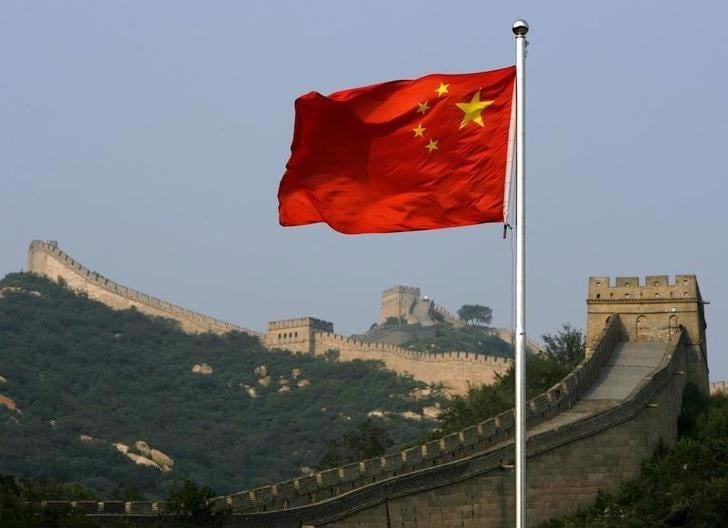 |
| China's central government is prioritizing risk prevention. (Source: Reuters) |
The most urgent problem
Solving local government debt has become one of the most pressing issues for Beijing.
The IMF has raised its forecast for China's economic growth this year to 5.4% from 5%. However, the fund said Beijing still needs to implement appropriate financial reforms.
Beijing has asked state banks to cut interest rates and extend local government lending terms from September 2023. The world's second-largest economy has allowed provincial governments to issue bonds to repay debt financing vehicles.
By early November, at least 27 provinces and one municipality had issued 1.2 trillion yuan in bonds, using local bond sales quotas that had been allocated in previous years but not fully utilized.
Macro research firm Gavekal Dragonomics said the Chinese central government is prioritizing risk prevention. The country prioritizes preventing damaging defaults in the bond market, which could have a huge ripple effect in financial markets.
There are signs that Beijing is becoming less demanding of local governments on growth targets, which could reduce the need for excessive borrowing in the future, said Chris Beddor, deputy head of China research at Gavekal Dragonomics.
However, analysts note that local governments in the country of one billion people are facing a situation where revenue sources are not enough to cover spending. Under the 1994 reforms, the Chinese government will control tax revenues, while local governments will be responsible for providing more services. Lack of cash to meet all obligations has caused many local governments to borrow excessively.
"There needs to be a change in the financial structure to help localities get out of that situation," Mr. Chris Beddor emphasized.
In addition, as China shifts to a more consumption-driven model, revenue from property sales and value-added tax will decline. Total tax revenue as a share of GDP fell from 18.5% in 2014 to 13.8% last year, according to Rhodium analyst Logan Wright.
Experts say it will take several years for the world’s second-largest economy to stabilize and for the private sector to regain full confidence. However, China’s economic fundamentals are strong, the government has considerable policy space, and industrial development will position the country well for the future.
Source





![[Photo] Chairman of the Hungarian Parliament visits President Ho Chi Minh's Mausoleum](https://vphoto.vietnam.vn/thumb/1200x675/vietnam/resource/IMAGE/2025/10/20/1760941009023_ndo_br_hungary-jpg.webp)
![[Photo] Solemn opening of the 10th Session, 15th National Assembly](https://vphoto.vietnam.vn/thumb/1200x675/vietnam/resource/IMAGE/2025/10/20/1760937111622_ndo_br_1-202-jpg.webp)
![[Photo] The Steering Committee of the 2025 Fall Fair checks the progress of the organization](https://vphoto.vietnam.vn/thumb/1200x675/vietnam/resource/IMAGE/2025/10/20/1760918203241_nam-5371-jpg.webp)


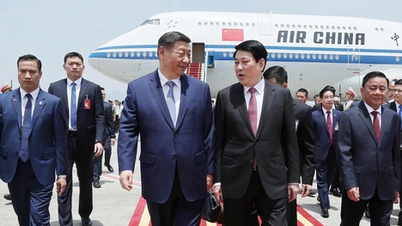

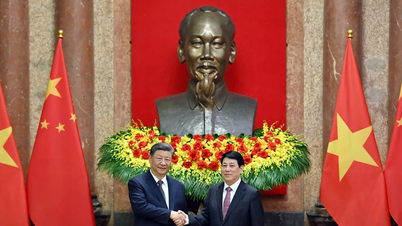

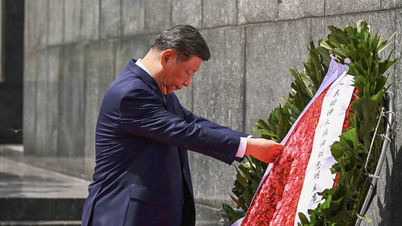







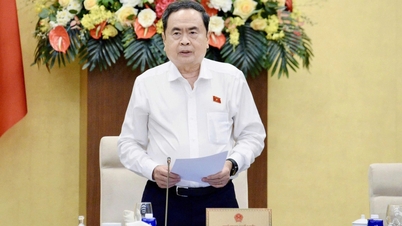





















































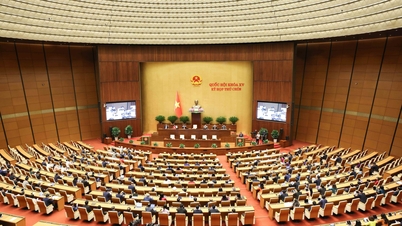


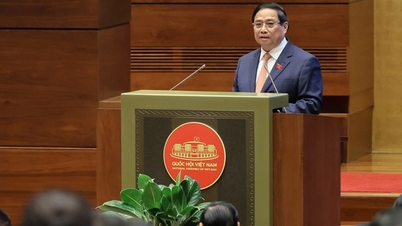



















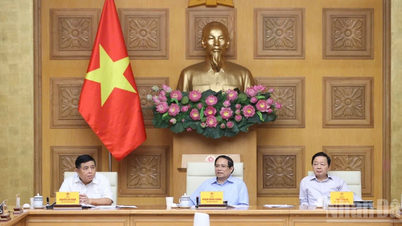










Comment (0)